Urban Zoo Annual Meeting
Urban Zoo Annual Meeting

Post meeting group photo
The multidisciplinary Epidemiology, ecology and socio-economics of disease emergence in Nairobi Project (Urban Zoo project) held its third annual meeting in London on January 19th and 20th, 2016. The meeting was attended by representatives from ILRI, APHRC, KEMRI, University of Nairobi, RVC, University of Liverpool, SOAS and the University of Edinburgh, UCL, IIED. PIs, PhD students, post docs and other researchers involved in the project, as well as members of the External Panel, our group of ‘friendly critics’ who keep the project on track, gathered to discuss this year’s progress.
The Urban Zoo project investigates the role of urbanization in the emergence of zoonotic pathogens. It fosters numerous PhD and MSc projects, thus achieving its capacity-building objectives. Jointly, these studies, which cover diversified fields such as peri-urban wildlife, livestock value chains and the social and spatial components of livestock rearing, will allow for a detailed understanding of Nairobi’s human-livestock-wildlife interfaces.
The “99 Households” (99HH) component of the project uses a landscape genetics approach to understanding E. coli distribution across Nairobi. Major progress in this component was reported. Not only have the sampling plan and laboratory protocols been finalised since the last meeting, but sampling across Nairobi is well underway. Thirty households have already been sampled in 10 sub-locations before December 2015. As planned, samples from humans, livestock, the environment and wildlife are being collected in each household. Quality assurance processes such as duplicate sampling and testing between both University of Nairobi and KEMRI laboratories have been put in place.

Meeting participants taking a break
The pipeline for full genome sequencing of the selected 99HH samples has been finalised and tested on a first batch of samples at the University of Edinburgh. A high level of diversity and MLST was noted.
The group discussed next steps in terms of addressing the value chain component of the Urban Zoo project. It was agreed that sampling of the beef and pork value chains will start in a near future, the poultry value chain sampling being already covered by one of the PhD projects.
A proposal was made to initiate a demand survey in order to determine animal source foods consumption in Nairobi. Ongoing discussions about the scope and feasibility of this study are still ongoing. The PIs reported multiple initiatives in terms of public health trainings and promotions materials and the study team received very positive comments from the external panel. The next and final Urban Zoo meeting is planned to take place in Kenya next year.
 Authored by Dr. Maud Carron
Authored by Dr. Maud Carron
















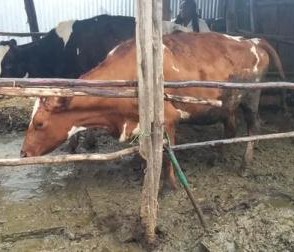
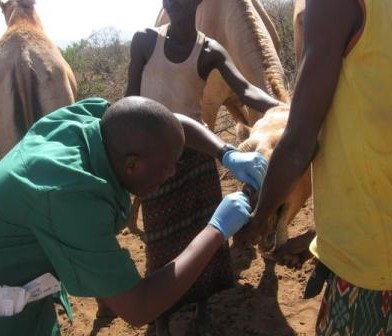
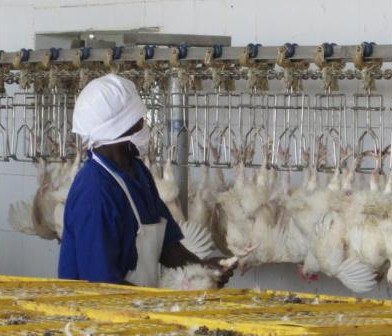
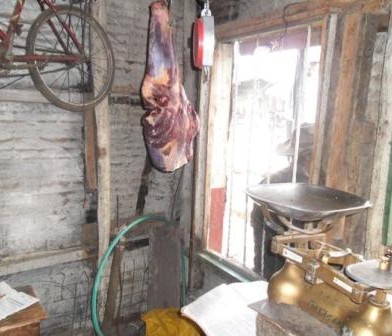

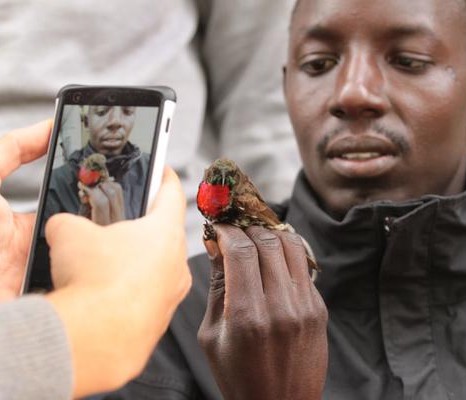
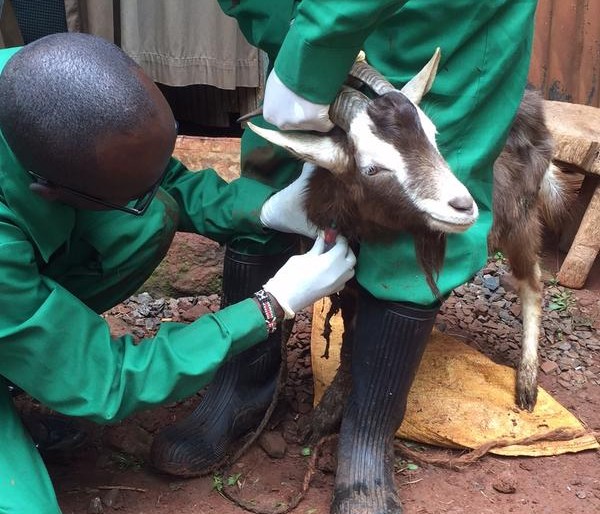
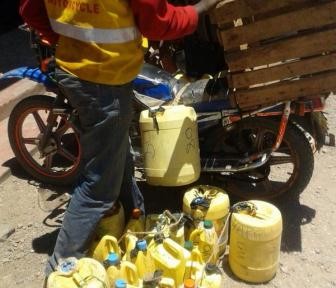
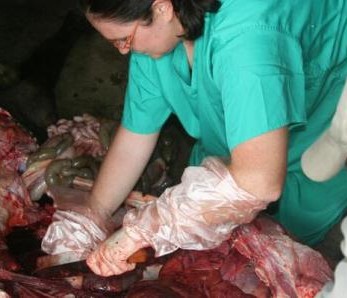
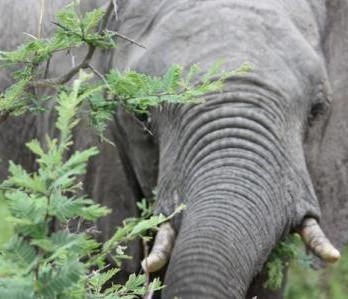

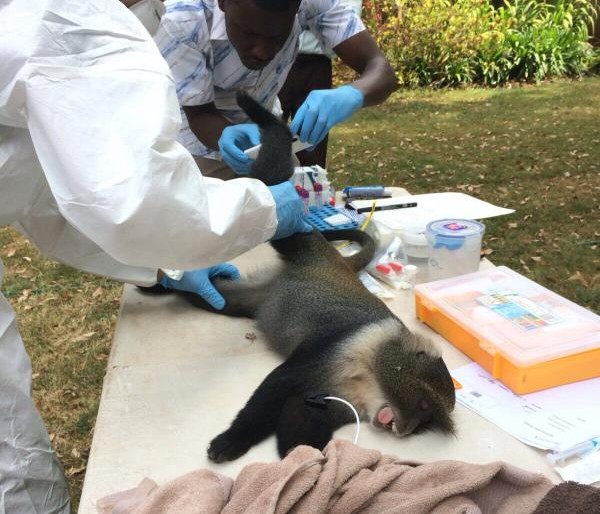
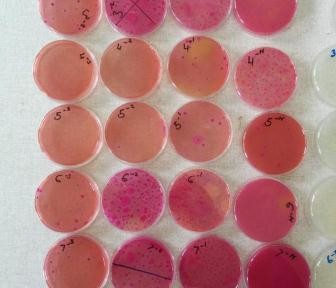
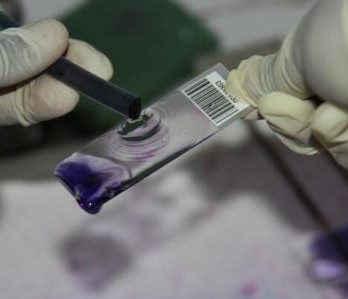
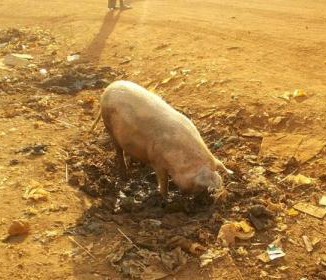
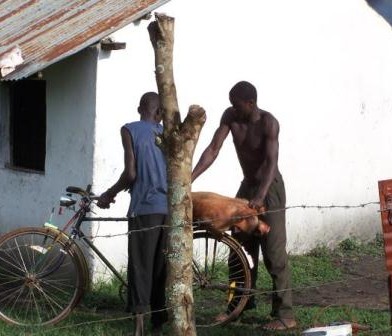
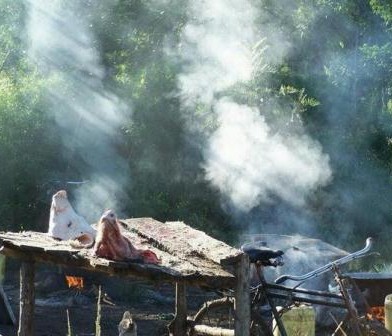
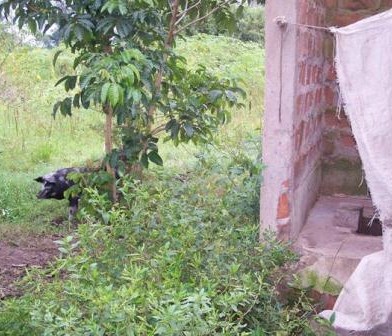
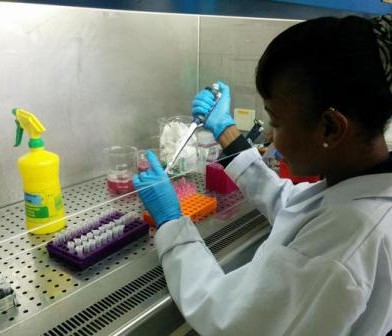
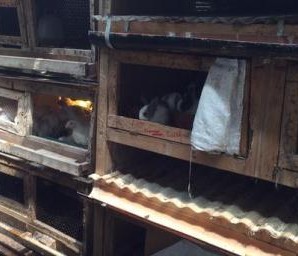
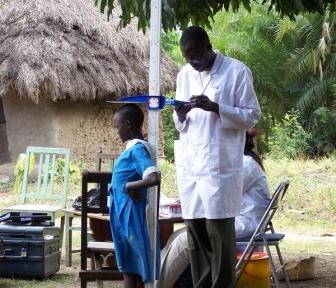
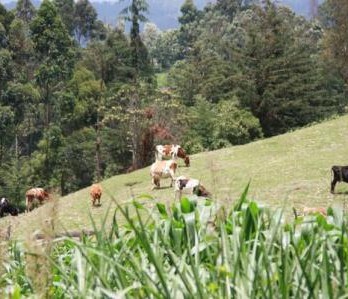
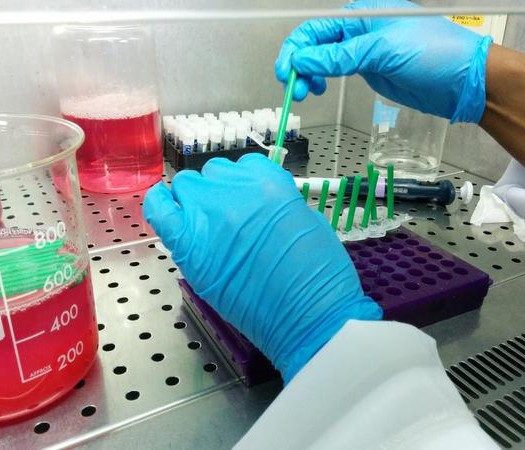
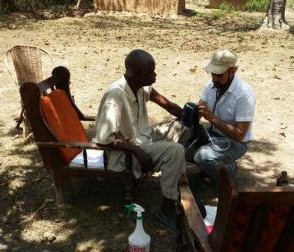
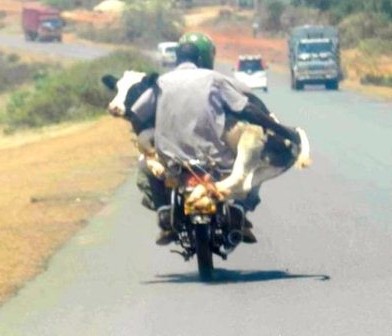
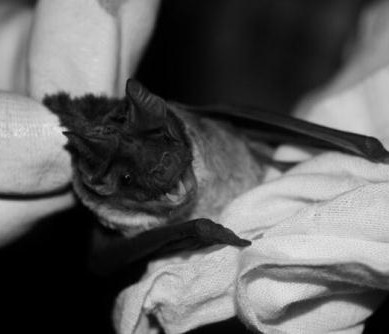
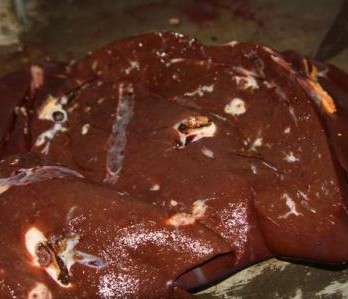
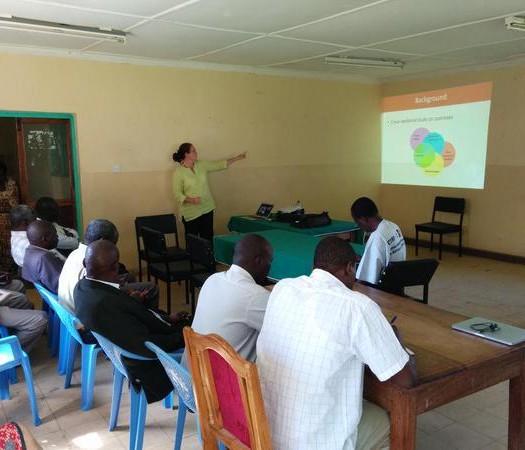
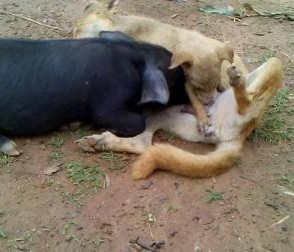
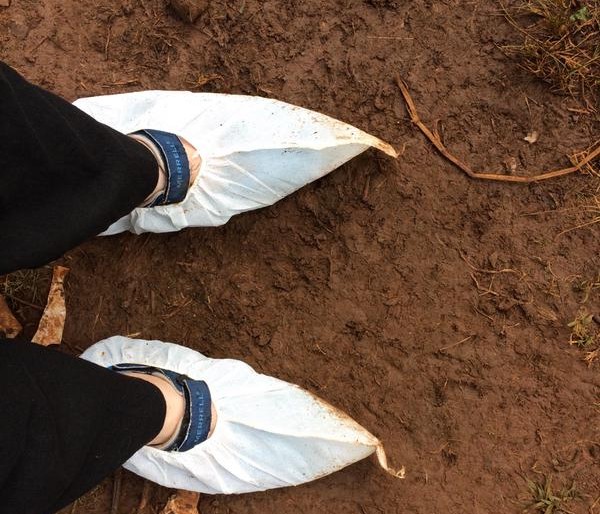
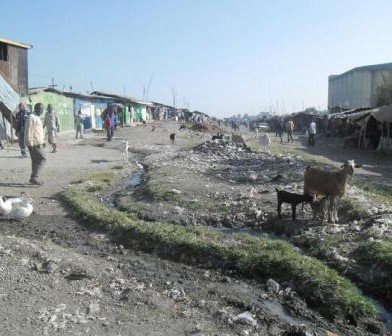
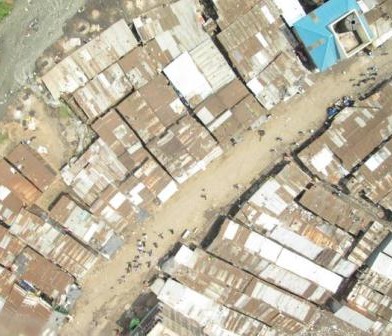
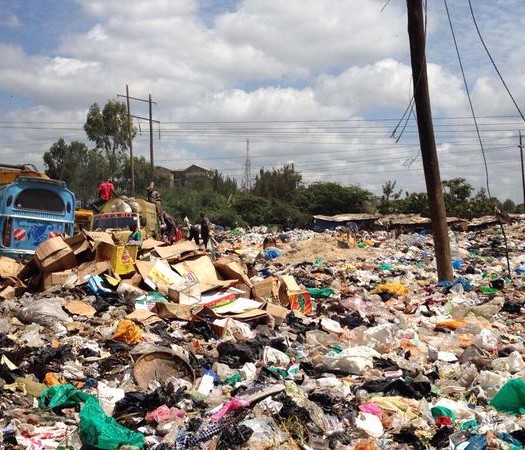
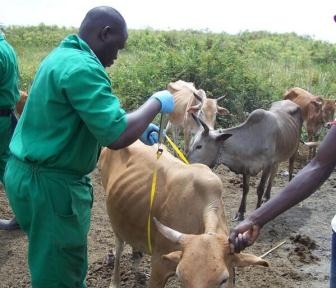
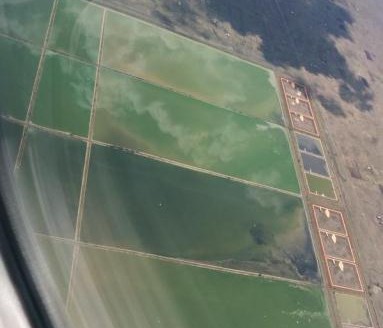
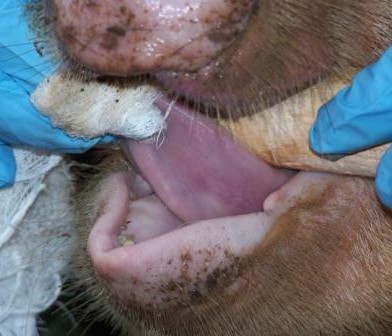
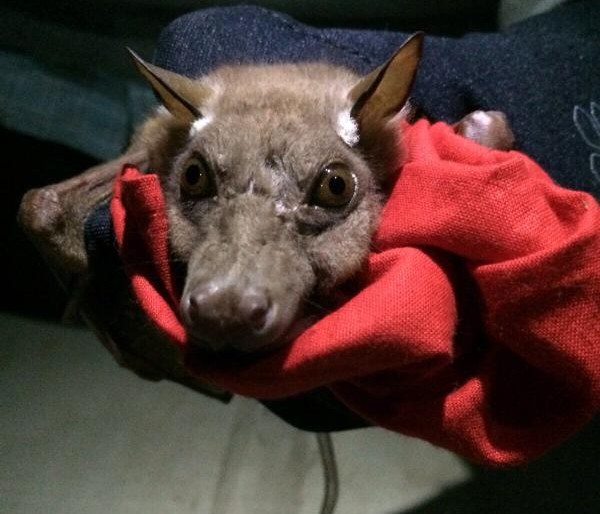
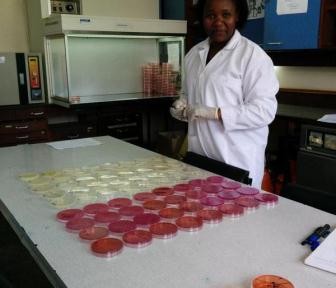
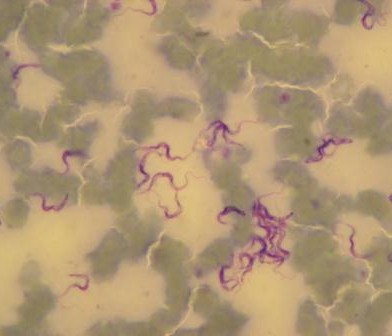
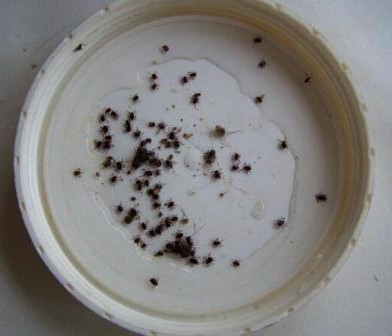
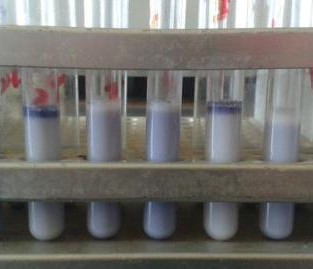

You must be logged in to post a comment.